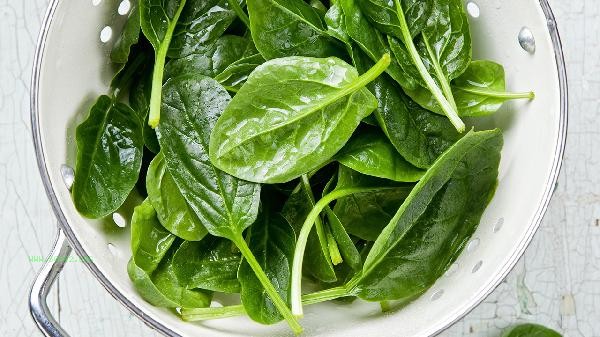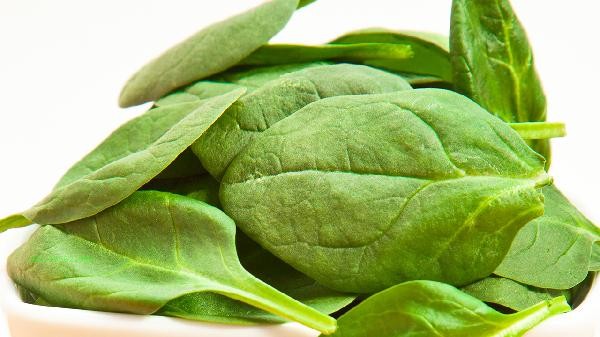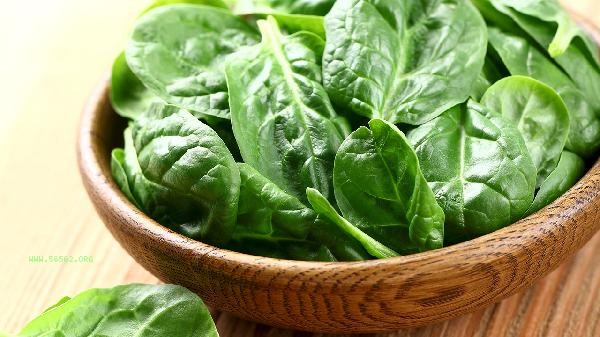Spinach usually needs to be covered during winter, depending on the local climate conditions and planting environment. Low temperatures in winter may cause spinach to freeze, and covering it appropriately can help maintain insulation and prevent freezing. The winter temperatures in cold northern regions are relatively low, and the soil is prone to freezing, which may seriously affect the growth of spinach. Covering with straw, leaves, or specialized agricultural non-woven fabrics can effectively isolate cold air and maintain relatively stable soil temperature. It is more suitable to control the thickness of the covering at 3-5 centimeters, which can keep the plants warm without excessively suppressing them. Before covering, it is necessary to ensure that the soil is moist to avoid dehydration of spinach caused by winter drought. Regular inspections are required during the coverage period, and if the covering is blown away by the wind, it should be promptly covered.

Warm regions in the south have relatively high winter temperatures, and spinach usually overwinters naturally. If encountering strong cold wave weather, lightweight materials such as sunshades can be temporarily covered and removed in a timely manner after the cold wave. Spinach grown in greenhouses generally does not require additional cover, but attention should be paid to nighttime insulation. If the soil drainage is good during courtyard planting, mild frost has little impact on mature spinach. Potted spinach can be moved to a sheltered and sunny place, or simply covered with plastic bags to prevent frost. Regardless of whether it is covered or not, watering frequency should be reduced in winter to avoid soil being too wet and freezing. After the temperature rises in early spring, promptly remove the coverings to prevent the growth of pests and diseases. Choosing spinach varieties with strong cold resistance, planting them densely to enhance population stress resistance, and combining them with appropriate coverage can significantly improve the success rate of overwintering. If the leaves are frostbitten and turn black, the damaged parts can be cut off and thin organic fertilizer can be applied to promote recovery.










Comments (0)
Leave a Comment
No comments yet
Be the first to share your thoughts!